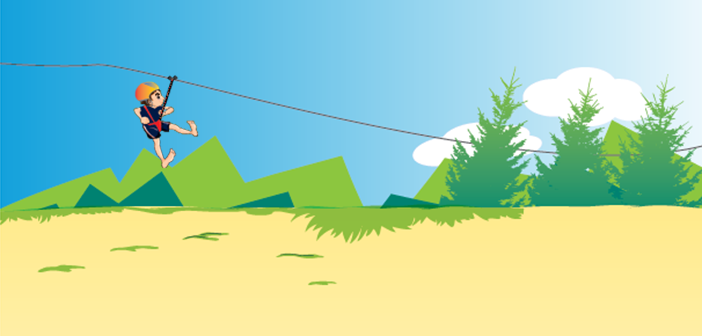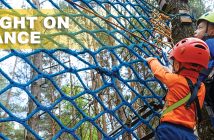<div
So, to go back to the example of an adult diving into the shallow end of a pool, if the accident occurred in Colorado in 2015, then the statute of limitations runs out on the anniversary of the accident in 2017. However, if it is a six-year-old diving into the shallow end of the pool, if the accident occurs in 2015, the statute of limitations does not begin until the six-year-old child turns 18 (in 2027), and so the statute of limitations would not bar the claim until 2029.
While it is rather unusual for a lawsuit to be brought this long after the incident (major claims are often settled as to the child with court approval that the child’s interest has been addressed), it is always a possibility. Most parks would shudder at trying to defend a case, let alone locate the employees and documents, if any, for an incident that occurred 14 years earlier such as the one in this example.
PLAYGROUNDS
No discussion of liability issues regarding children would be complete without a mention of playground issues. Playgrounds are, without doubt, one of the favorite places to be for young children, and playground accidents are not unheard of. Indeed, it is estimated that in the average year, there are more than 200,000 injuries that occur at public playgrounds that require emergency room treatment.
The United States Consumer Product Safety Commission has a 58-page “Public Playground Safety Handbook,” which sets forth guidance but not requirements (more on that issue below) for playground design and upkeep. This Handbook is readily available at www.cpsc.gov, and is the starting point for most parks that plan to install or upgrade any sort of playground. There are also a number of ASTM playground standards, also referenced in the Handbook.
The Handbook sets forth guidelines on, for example, the height of various pieces of playground equipment, spacing between playground equipment, railing height and spacing, and slide design considerations. Similarly, it addresses ground surfacing, going as far as specifying the minimum depths of such surfacing (for example, 6 inches of shredded/recycled rubber or 9 inches of wood chips are recommended).
While the Handbook provides only “guidelines” as opposed to “mandatory rule[s],” several states, such as California, have adopted the Handbook and ASTM standards, making them more or less binding. Other states, such as Colorado, simply have short sets of regulations governing playgrounds and do not explicitly require anyone to follow the Handbook and ASTM standards. Following the Handbook and ASTM standards, to the amount practical, is often the best risk management tool regardless of whether they are formally required.






